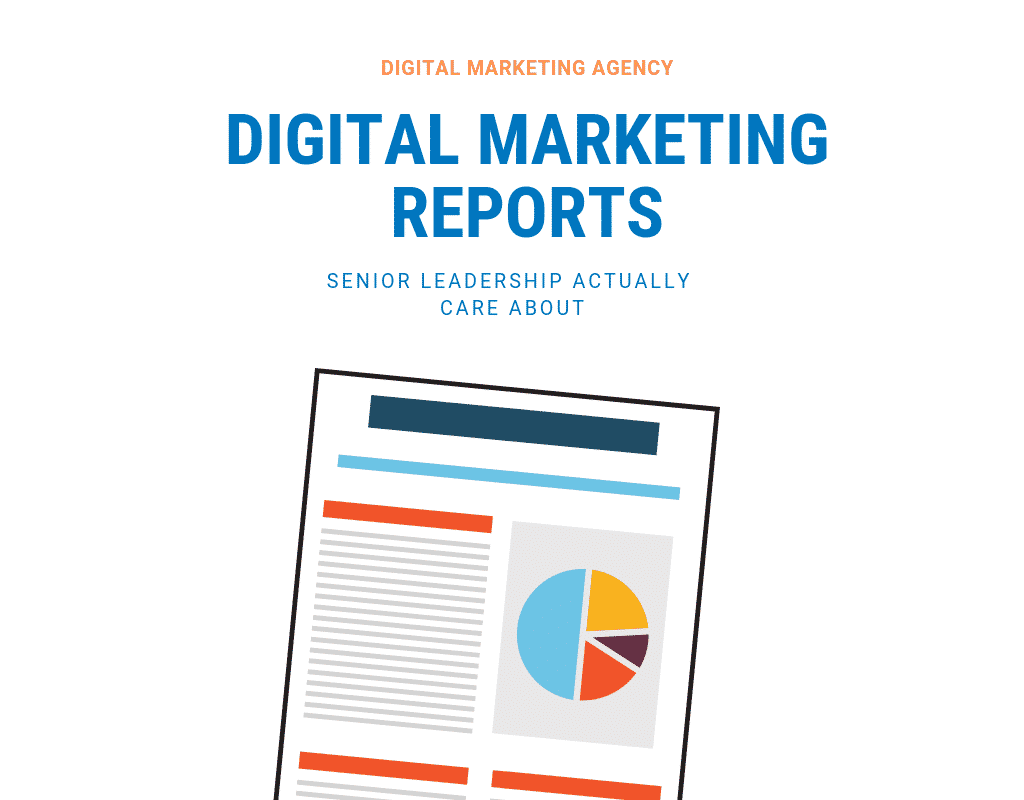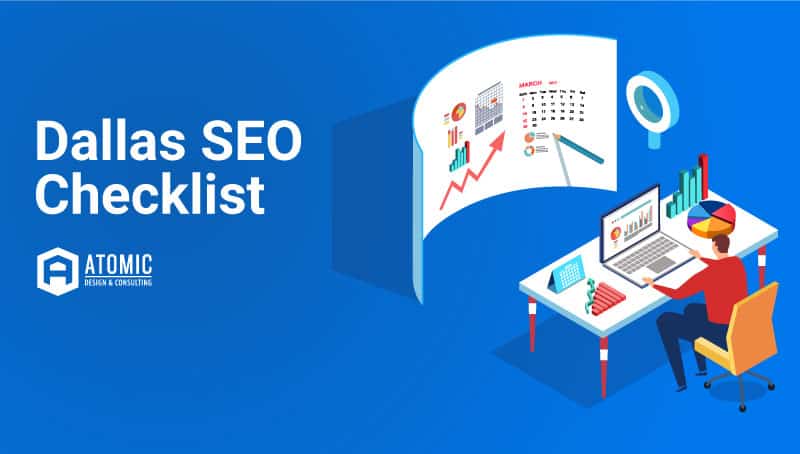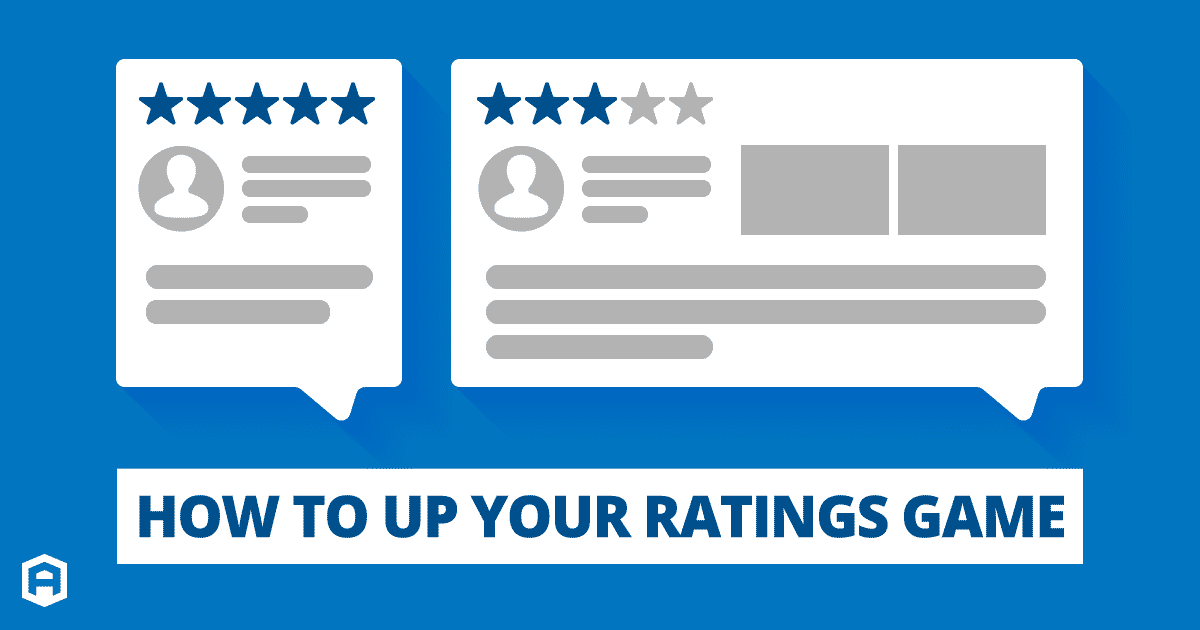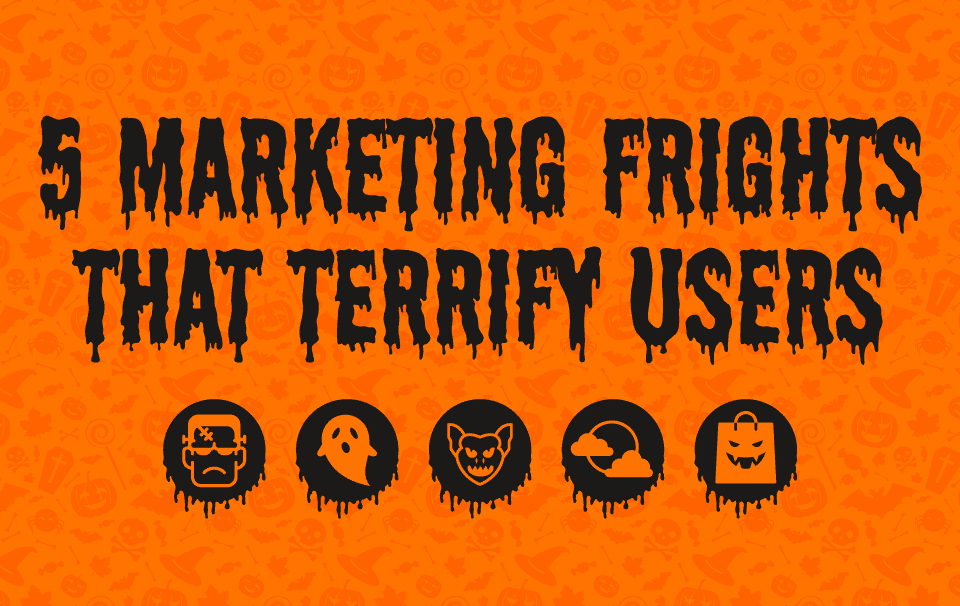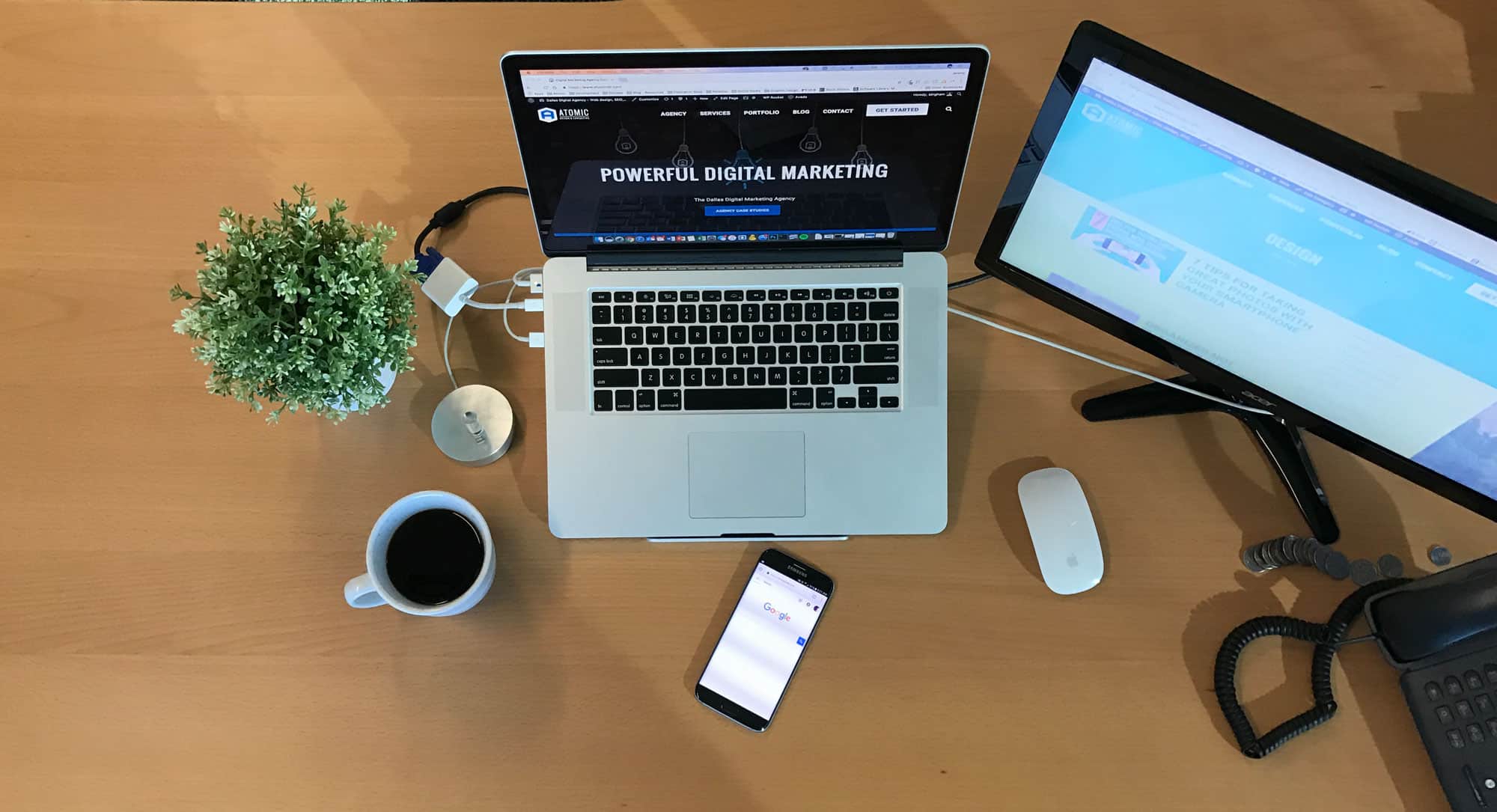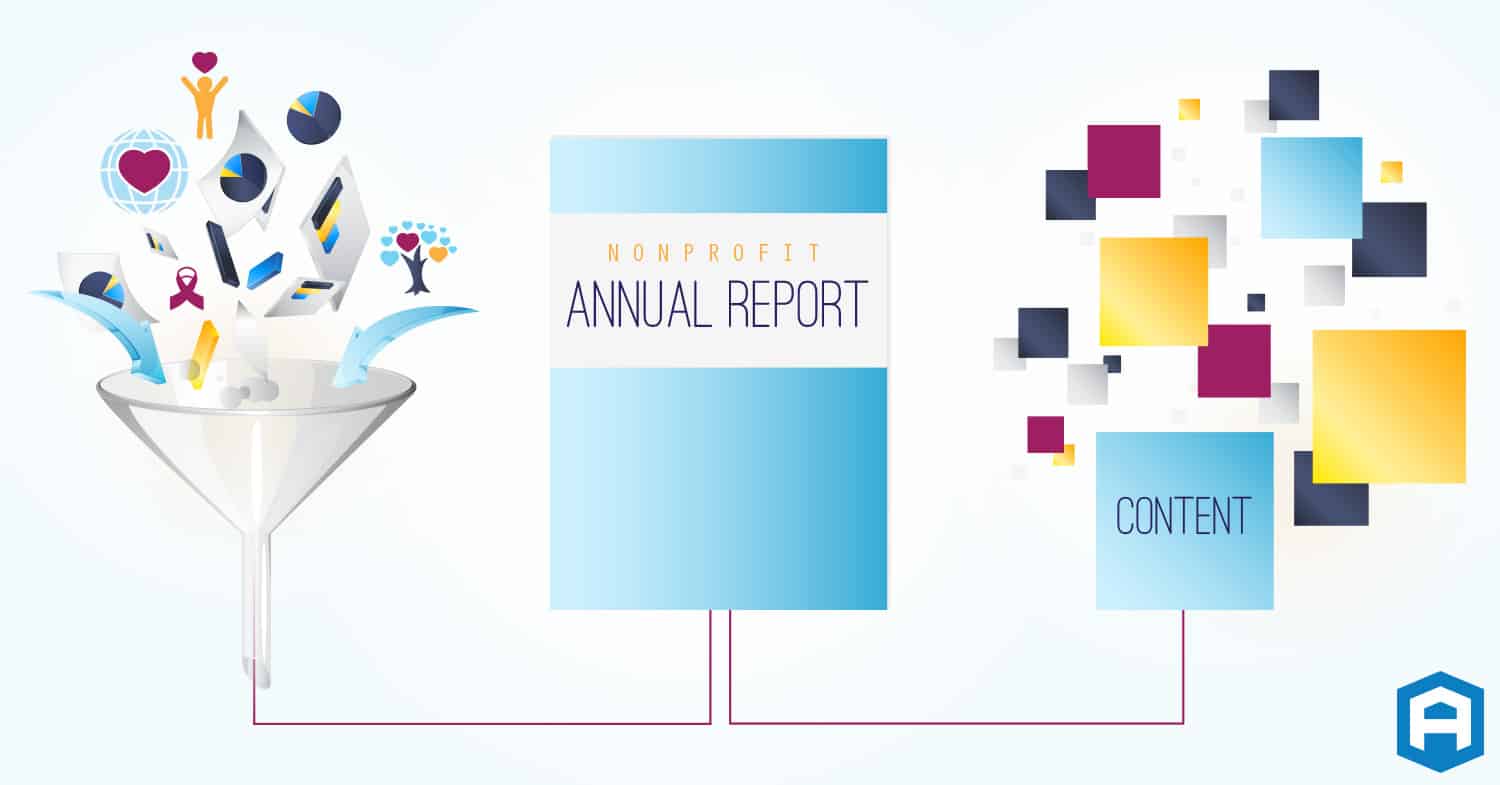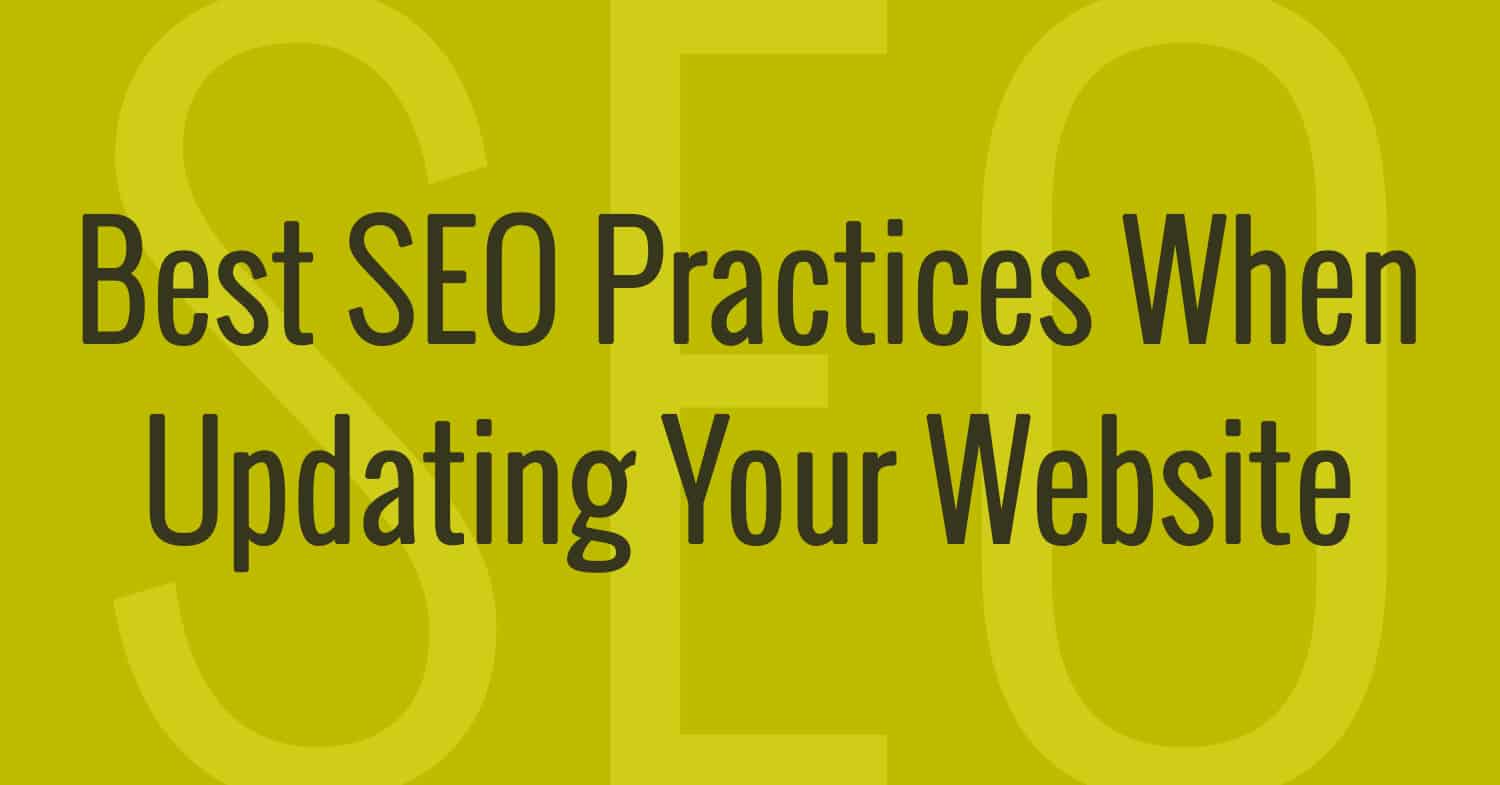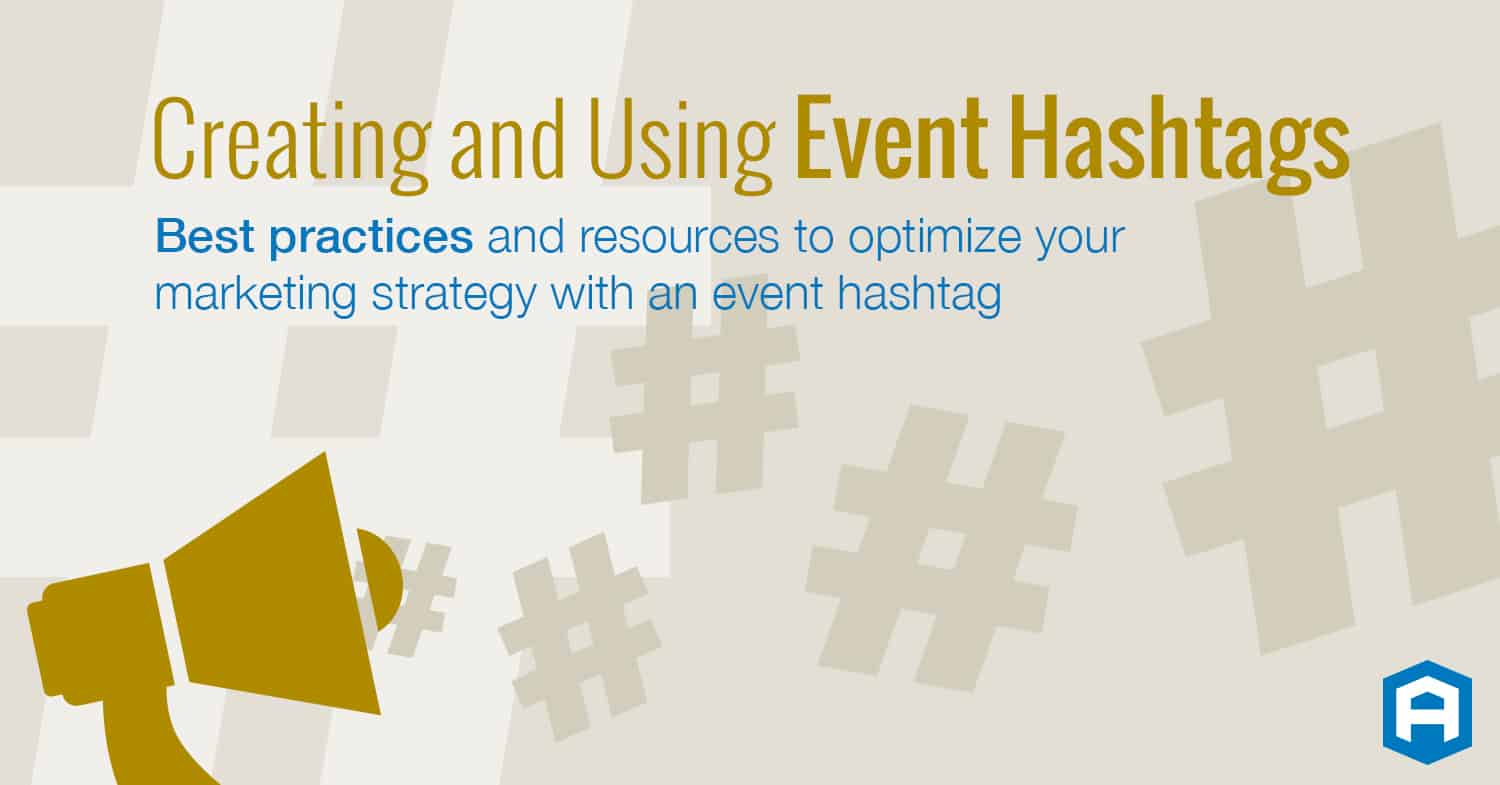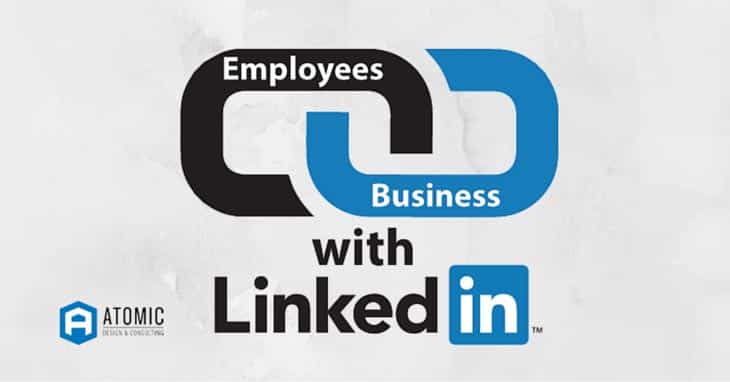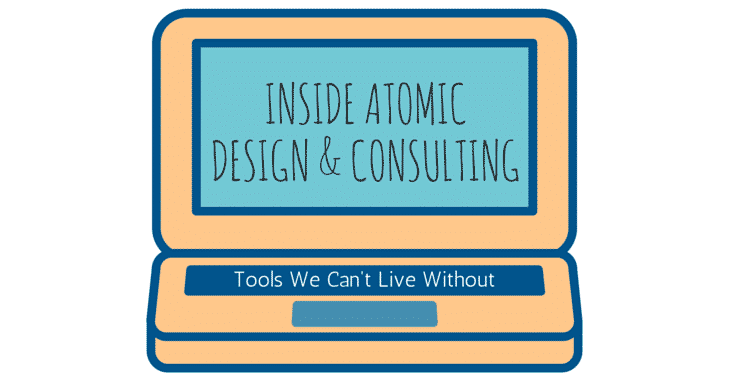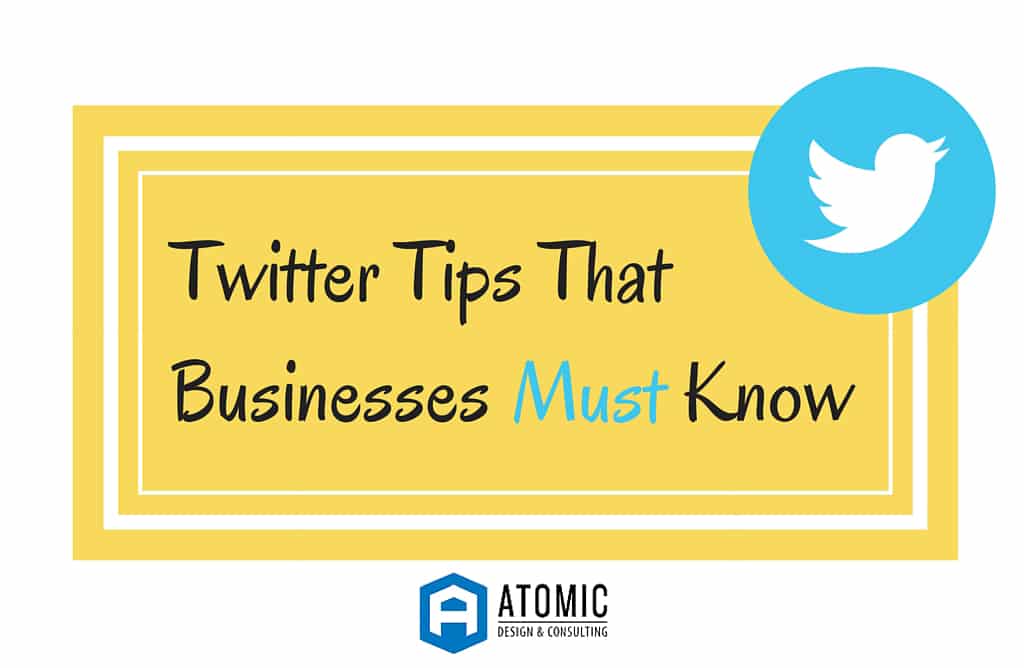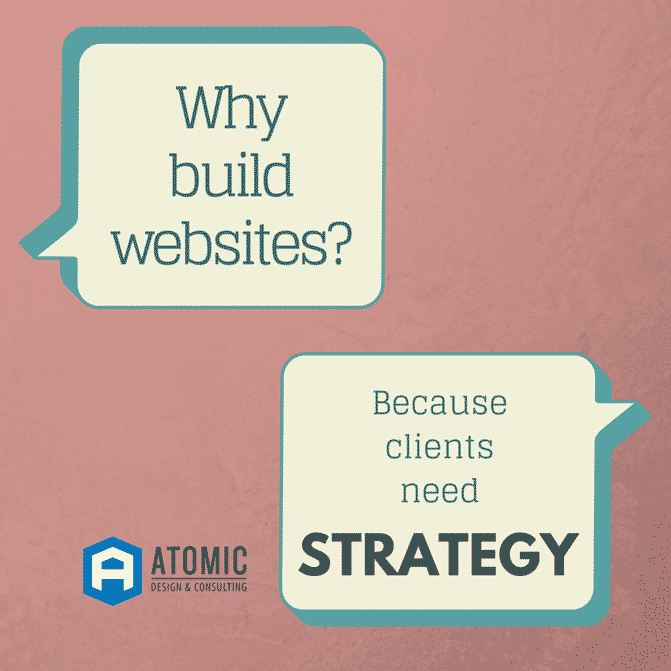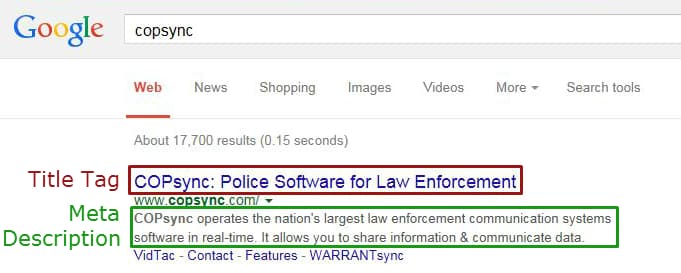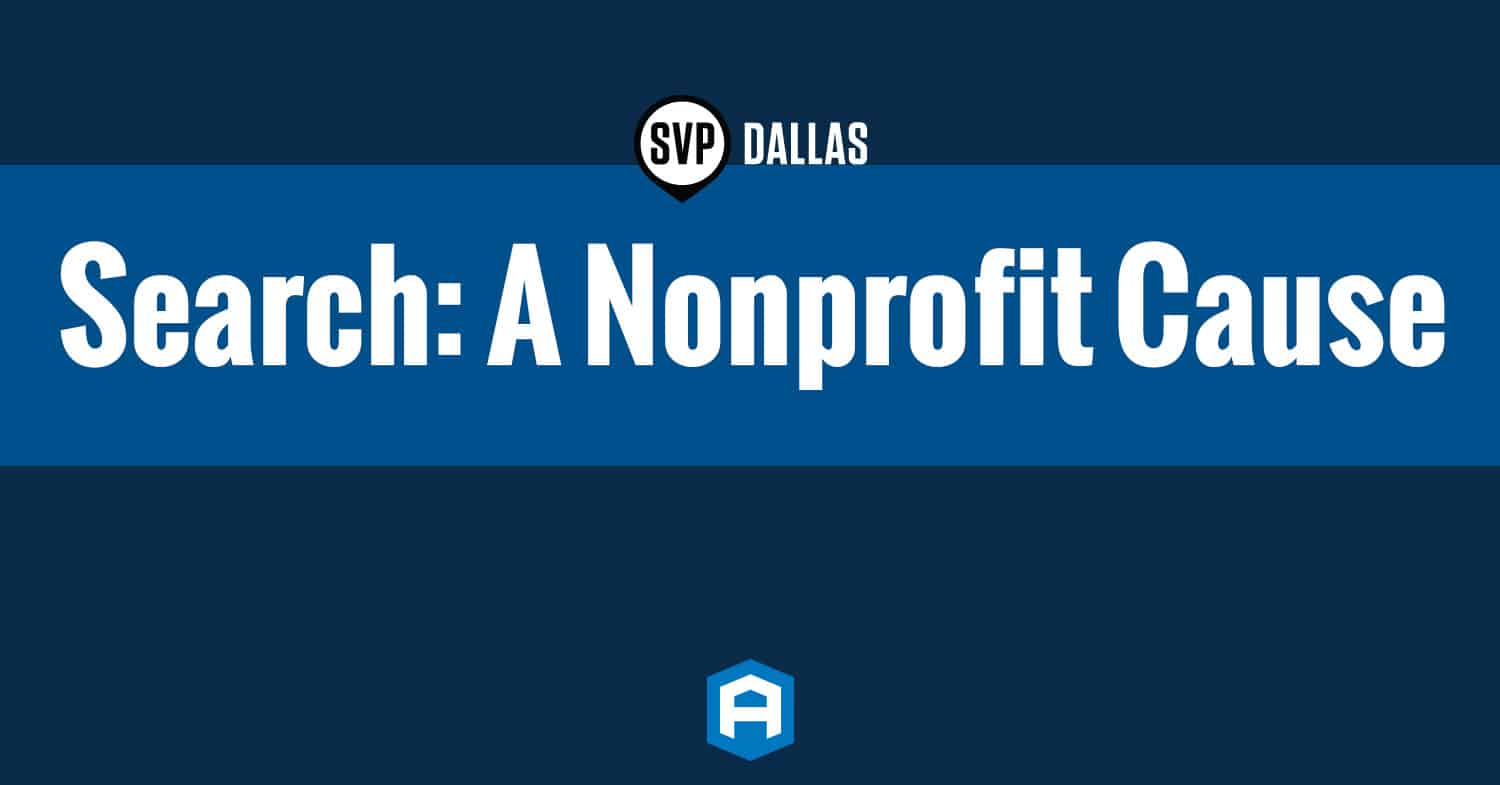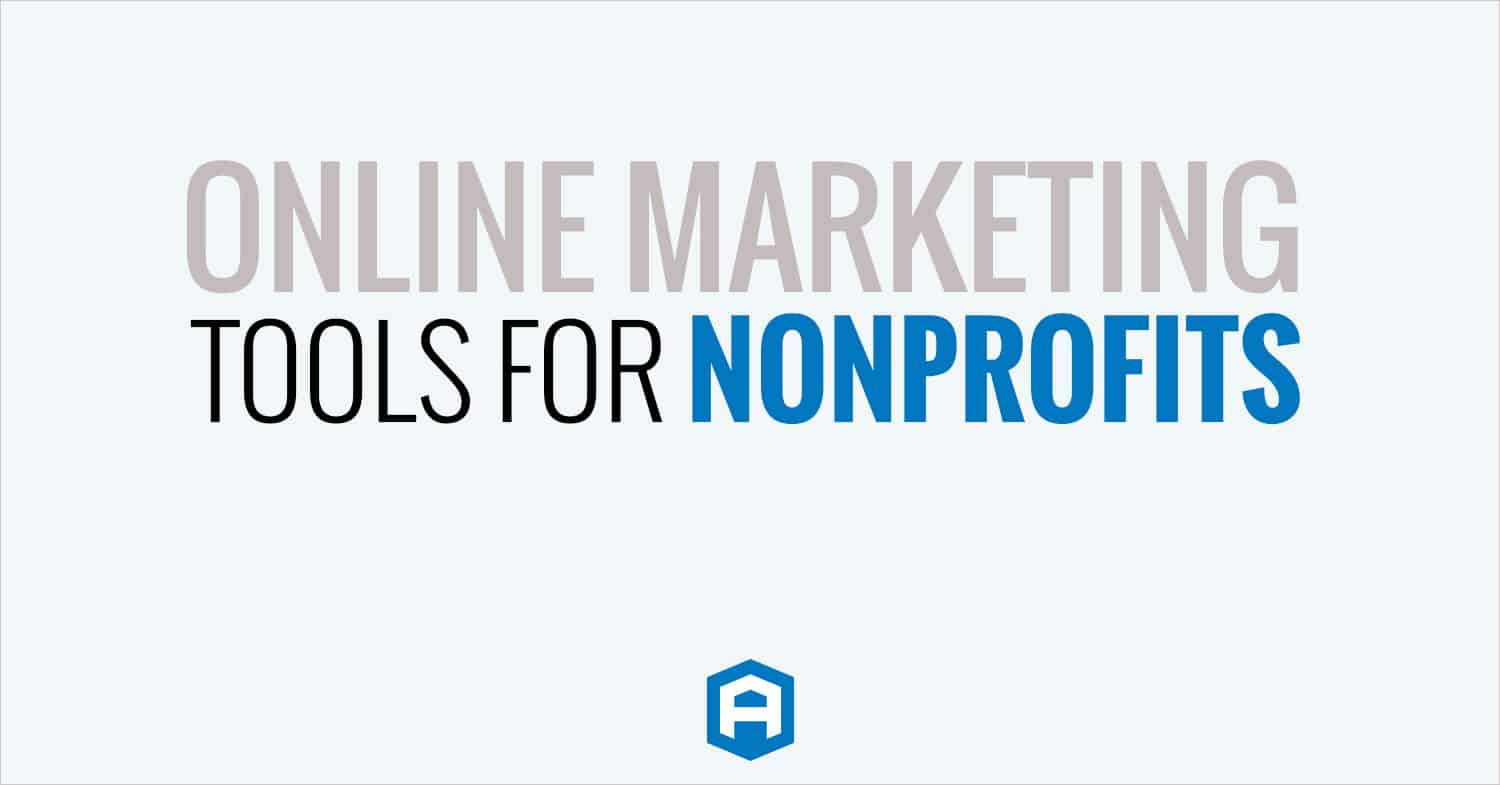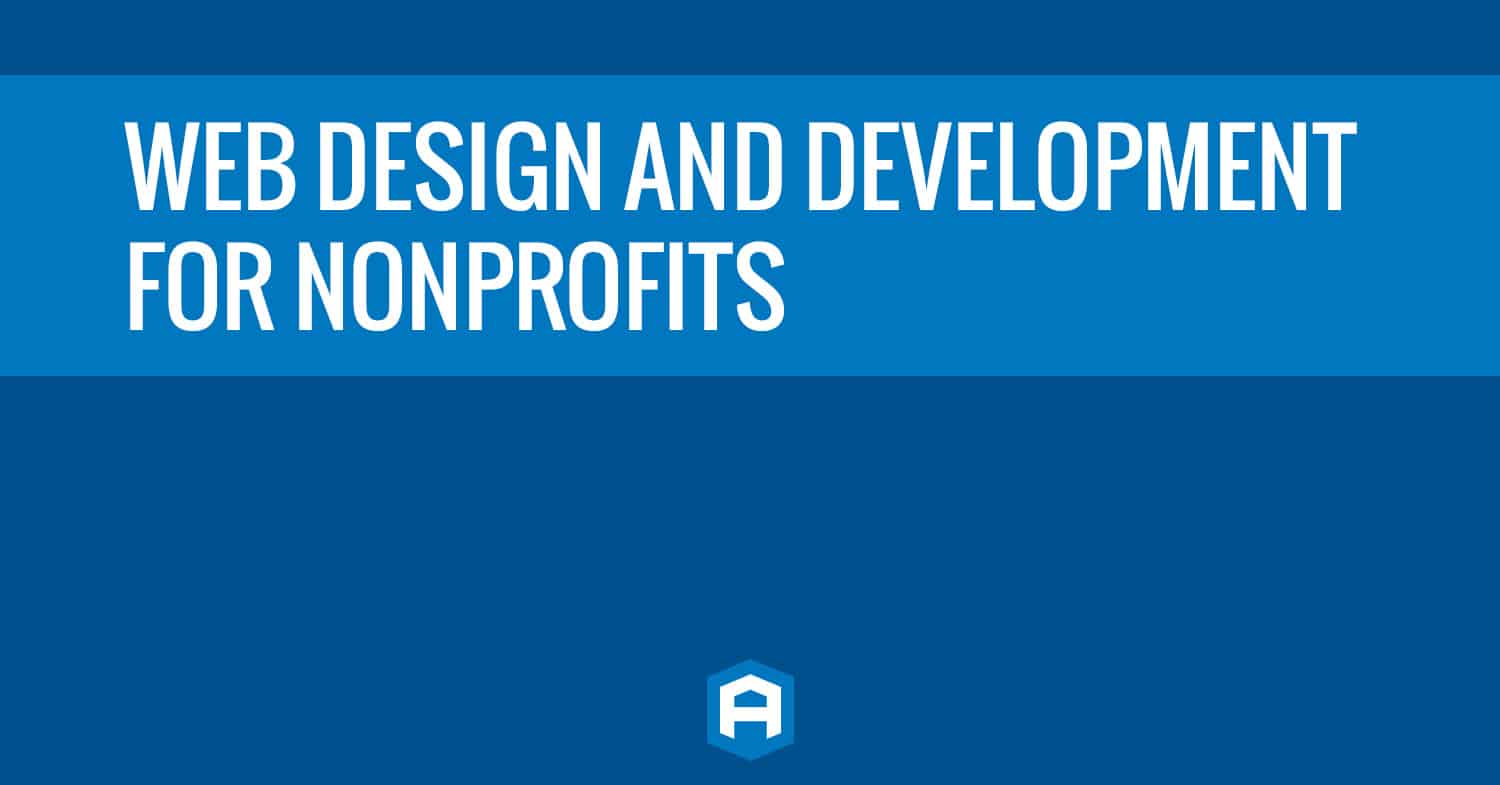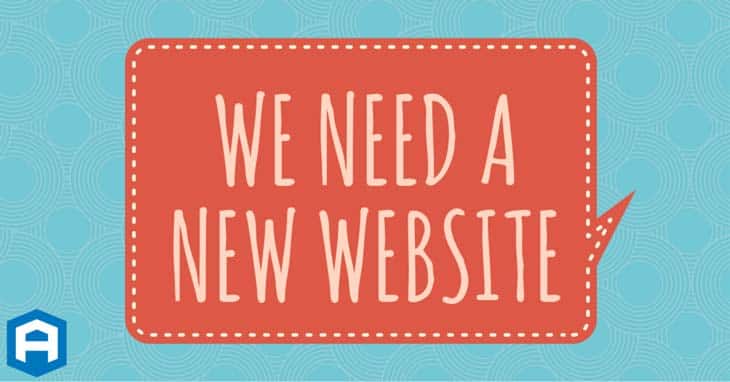
If you’ve landed on this post, chances are you’re hearing those exact words floating around the office. Maybe it’s your boss that has made the statement, or maybe all of your coworkers are in on it, but regardless it’s up to you to decide if that statement is true and how to proceed if it is. Building a new website for your business is not a task to be taken lightly, mainly because your website is the face of your business online. While each business and project is different, we’ve developed an 8-step process to aid in decision-making that comes along with the phrase “We need a new website”.
First, Determine that you do, in fact, need a new website
This first step is absolutely essential and should not be skipped. Never assume that just because someone (higher up?) has said that you need a new website, that this is actually the course of action that you should take. When anyone says that a new website is needed, meet that with a healthy serving of skepticism. Determining why someone has made this statement is the only way to resolve the root of the issue whether with a new website or edits to your current website.
You might need a new website if:
- Your old website is built on an outdated platform – WordPress.org sites are considered the industry standard at this point
- Your website is not mobile friendly – this is extremely important as mobile traffic has surpassed desktop traffic in the last year and Google punishes websites that provide poor mobile experiences
- Your company is experiencing a major shift in strategy and/or organization of products or services
- Your current website is not fully functional (such as broken forms, missing pages/links, etc.) in ways that cannot be simply repaired
You may be able to live with your current website if:
- Just content (photos and copy) need to be updated or replaced
- The design or colors need to change – with most Content Management Systems you can swap out the theme and/or edit the CSS to accomplish changes such as this
If you just said “I think we can live with our website”, congratulations you’ve completed this process! Still check out our sections on SEO, Ongoing Website Support, and Website Monitoring though as these items can certainly make or break your website plans.
If you replied “Yep, we do need a new website”, then continue reading. Building a new website for your business is an in-depth but rewarding process!
Outline what needs to change
This step logically comes next as you should already be in the right frame of mind to point out the items you want to change. Make a list, if needed make a collaborative list using Google Drive or something similar. Make sure to prioritize features and functionality you want to be included in your new website because guess what? Many of those will cost money!
What features will your new website need?
- Integration – MLS, Social Media, restaurant menus,
- Forms – Simple contact forms to more in-depth forms that can generate quotes for products or services
- Ecommerce – Your site may need a “shopping cart” or other payment features
At this stage in the process, listing each and every item that you could want will help you begin to align your expectations. It’ll also be helpful when you begin to talk budget and evaluate development options.
Set a budget, seek options
This step has two equally important parts that can happen in either order. You might seek options and in the process determine your budget, or you may have a very specific budget set before you even begin researching your options.
You must set a budget
Budgets for websites greatly depend on the difficulty of web design (customization needed), functionality (as you outlined in your wish list), and who actually develops the website for you.
- You can usually tell from the conversations that have already occurred whether your website will have a simple, basic design or whether your website will require tons of customization. If you’re not sure yet, don’t worry you’ll quickly learn when you begin to meet with prospective developers.
- Each of the items you’ve previously identified that need to be integrated into the website will require a budget increase. In some of our projects we’ve created “Phase 1”, “Phase 2”, and even “Phase 3” items. This allows us to focus on the most essential functions of the website first, and continue on as the budget and time allows.
- Generally your options for “who” will build your website are limited to: a freelancer, an agency, or hiring someone to build the website in-house (this is typically suggested for projects that may be ongoing or require constant edits).
You must seek multiple options
Inevitably, someone in your company probably knows a developer or freelancer. It’s great to converse with them as they may be the right fit. However they may also not have the experience or knowledge to complete your project, or they may be expensive! Just because they have a connection does not mean they deserve your business.
You should at least have discussions with and receive quotes from 3-5 solid options. Keep in mind that unless you prefer or require it, the agency or developer probably doesn’t need to operate just down the street. In most cases developers work remotely and aside from meetings (which can be done virtually), they rarely need face-time. So don’t just write-off a freelancer or agency because of their location.
Once you have had an initial meeting with a potential fit, you should receive a written quote. If approved, you should then sign a contract that is designed to protect both parties.
Consider an SEO strategy
Before your website project breaks ground, you need to be developing the SEO (Search Engine Optimization) strategy. It’s important to note that you could have the best looking website in the world, but if Google doesn’t show it to searchers, no one will hardly see it. You’re spending a considerable amount of money on a new website, so make sure that all of your hard work doesn’t go to waste by having an incomplete website strategy.
In fact, before you fully decide on a web developer, make sure to ask these 5 SEO-related questions. Responses to these questions don’t only help you learn more about what is needed in this project, they also help you vet a potential web developer. If they can’t address these 5 basic questions, you should probably go running in the opposite direction.
SEO should be implemented from the ground floor up, so don’t think that SEO can be slapped on the website the day the website launches. In many cases a freelancer or agency will either take care of these SEO tasks or they will refer you to another freelancer or agency that can.
Communicate throughout the project
Once a developer or team of developers begins on your site, the most important thing that you can do is be there when they need something from you. Trust us, it will happen. They’ll design a page and then suddenly realize the don’t have any content for it, the picture you provided is only 10KB large, or one of the millions of other things that could cause production to grind to a halt. Having an open line of communication is essential if you want to stay on budget and on schedule.
If checking your email is not already a priority, while you are working on this project it should be. Your developer probably does not want to call and bug you 5 times a day, so they’ll opt to email you detailed information about what they need from you. This can be anything from approvals on certain pages/designs or perhaps they need content for certain pages. Either way, don’t let these emails stack up or you could be looking at adding weeks to your initial schedule which is no-good for everyone involved. If for some reason email is not a viable option for you, be sure to discuss this with your developer before the project begins so that you can work out an alternative such as chat or regular status update meetings.
Review website with all involved
After the project has been completed (or at least when you think the project is complete), this is when you need to bring others in to review the website and iron out the final details if there are any. At this point, the days where changes to design or core functionality are gone, so essentially you’re looking for a review of the content and images used on the website.
If there are any changes to be made to the website, compile a list/spreadsheet/slide deck for your developer that includes: the URL of the page, the name of the image to replace, and marked-up text or replacement text. The key here is to be specific on what changes need to be made and to deliver all of the information in one packet. Your developer needs to be able to read your list and be able to execute the changes as quickly and easily as possible. Going back-and-forth can confuse everyone and again delay your agreed-upon schedule.
Develop process for ongoing website support
In most cases, once a website is launched there’s a brief period of time where no changes need to be made. After the freshness has worn off you will need to create a plan for updating and maintaining your website. You may want to blog, add events, or change out products, and all of these tasks take manpower and the knowledge of how to do this. You may want to discuss with your developer what a “support” plan might look like. You may be able to work out a monthly retainer fee or the developer may require pay by the hour of support provided, so it’s good to know ahead of time what you’re looking at.
You may even be able to have members of your team trained on how to make minor edits to the website, especially if they are tech-savvy. Keep in mind that even if they can change something does not mean they should.
Items such as CSS, page layouts, and themes should only be changed by the developer of the website as there’s a likelihood that something could go horribly wrong. Two other items to keep in mind are: plugins which will need to be updated regularly to protect the website from vulnerabilities and regular backups to prevent any irreversible damage from occurring. Plugin updates have been known to wreak havoc on websites, so it’s important to first backup a website before attempting any plugin updates. This is why these items are best left to the experts.
Monitor your website
There are a handful of tools (some free!) that you can use to monitor the success of your website and to make sure there are’t any huge issues:
- Google Analytics – this (free) tool is practically essential. If you don’t have GA setup on your site you’re missing so much valuable information!
- Yoast SEO – a common (freemium) plugin used for WordPress.org sites, at the very least it will help you write stronger Title Tags & Meta Descriptions but it can do so much more.
- Raven Tools – this tool isn’t free but it’s worth every penny! Pull in data from multiple sources (including social) to create cohesive marketing reports, monitor keyword rankings, perform SEO audits, and more.
- Google Adwords – once your site is all set to go, you may consider running Pay-Per-Click online advertising. This tool is certainly not free, but can help you gather quality leads and generate business!
All-in-all, a website project is never something to be taken lightly. These 8 steps are in no way a comprehensive list of what you’ll endure throughout this process, but rather a list of steps you truly should not skip. Are there any steps that you would add to our list? Drop your suggestions in the comments below, we’d love to hear them!
Need Specific Help?
Interested in a specific topic? Review the topics below to get the info, news, and tips you need!



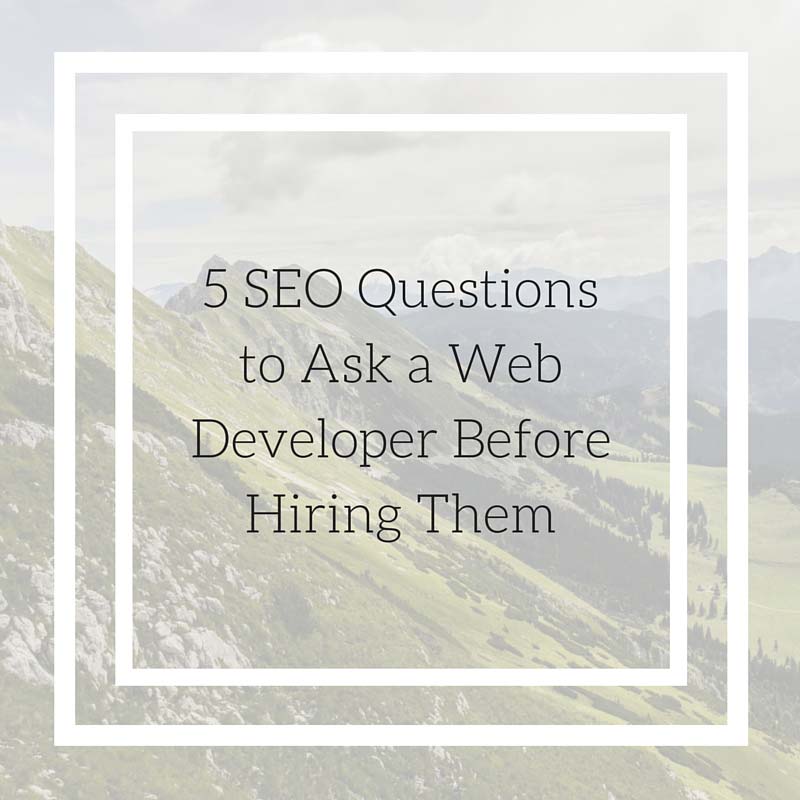

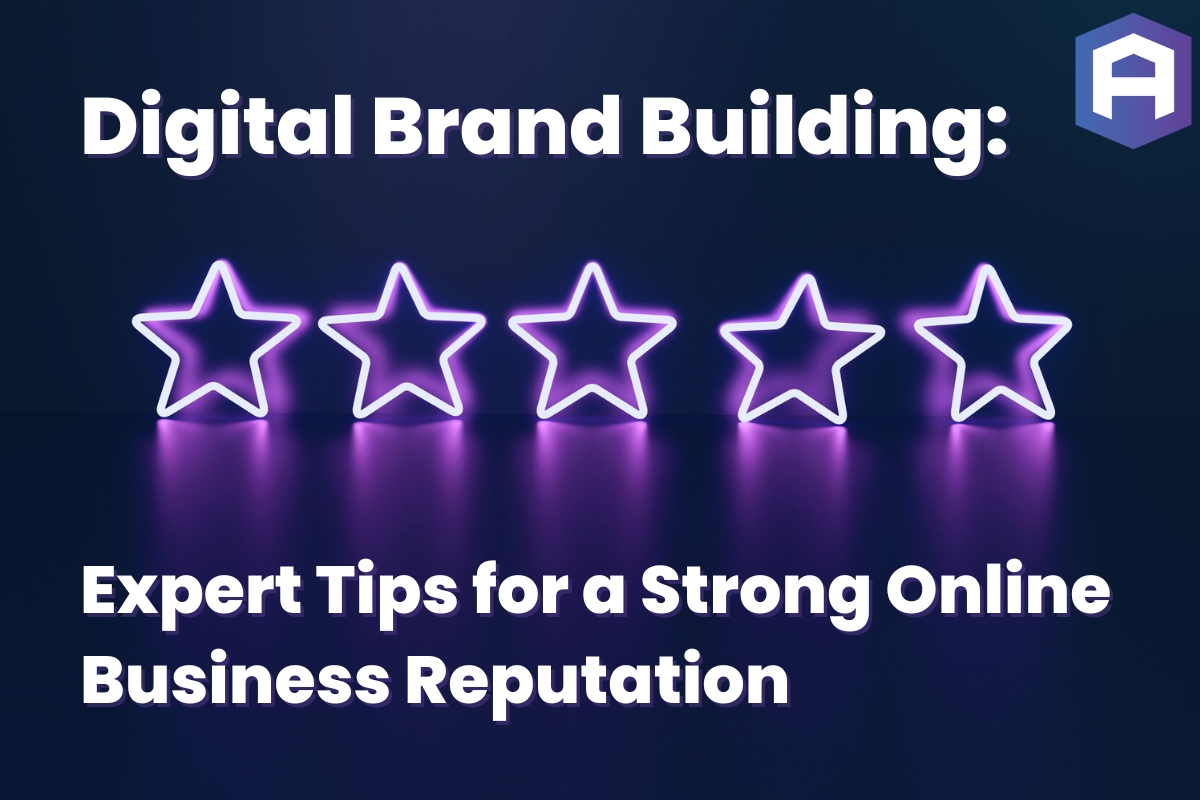



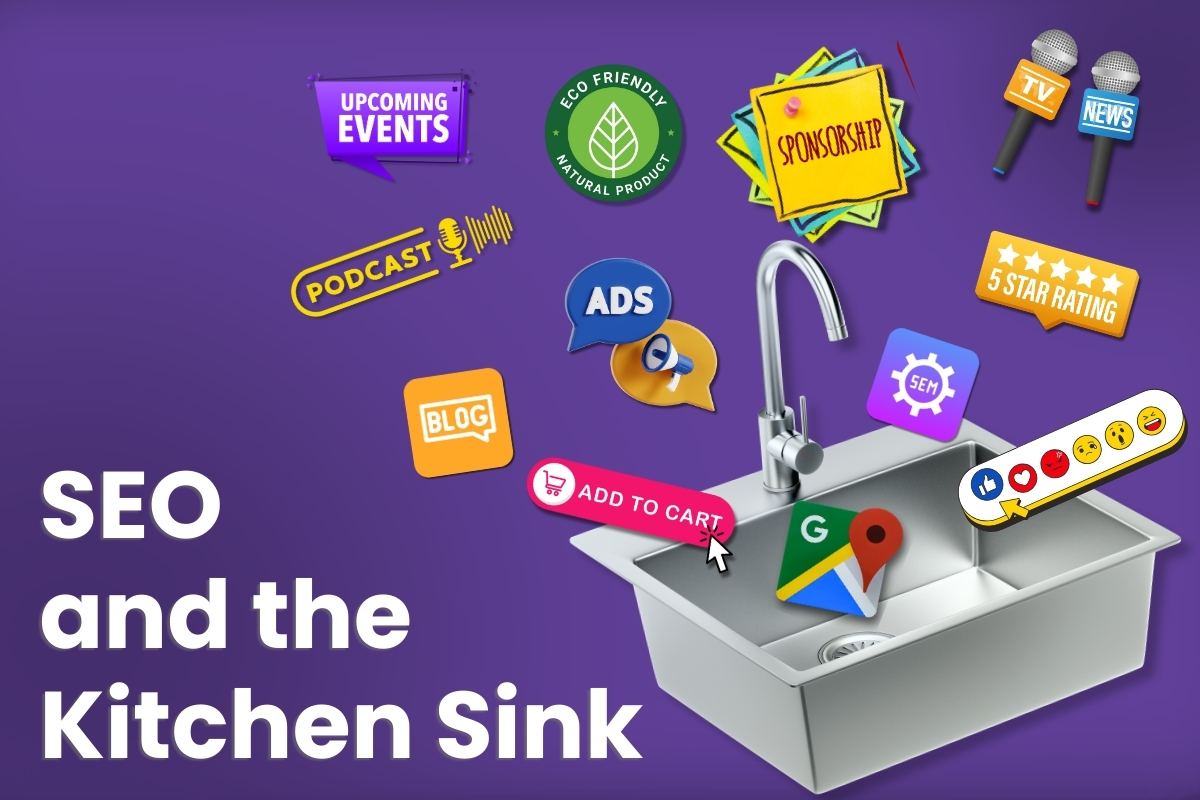



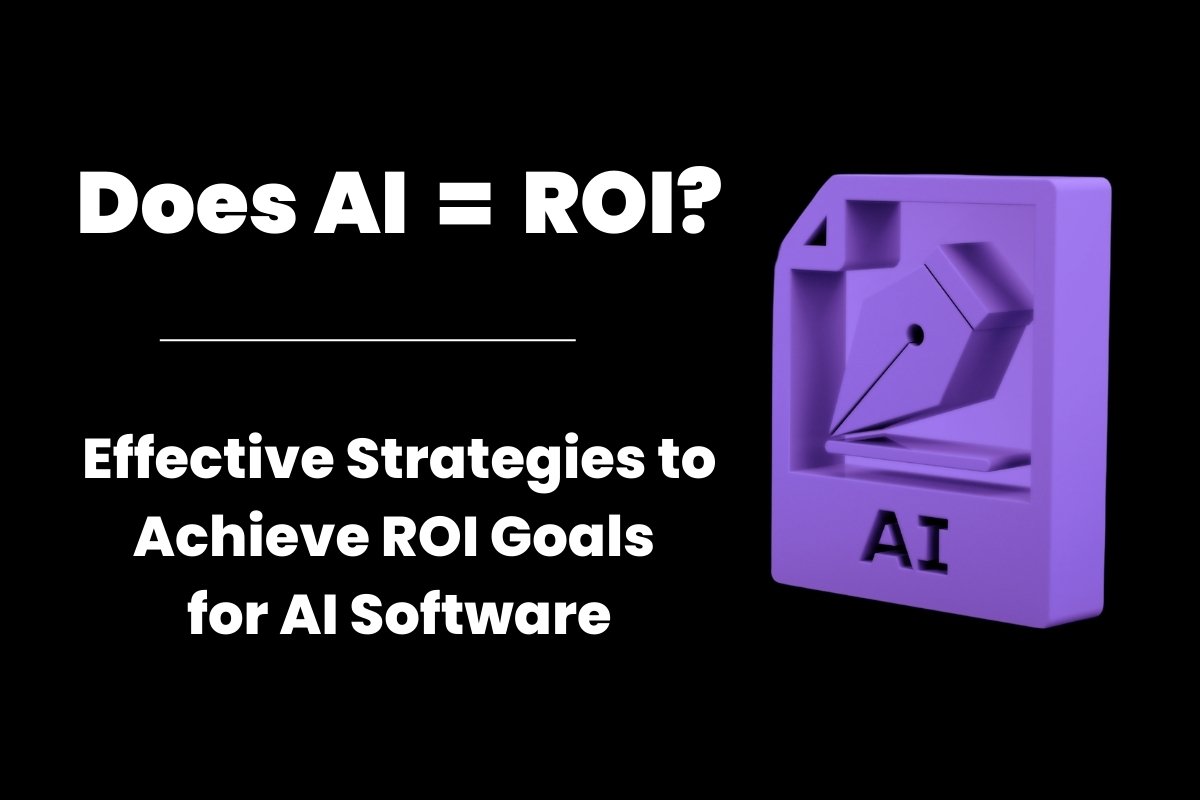



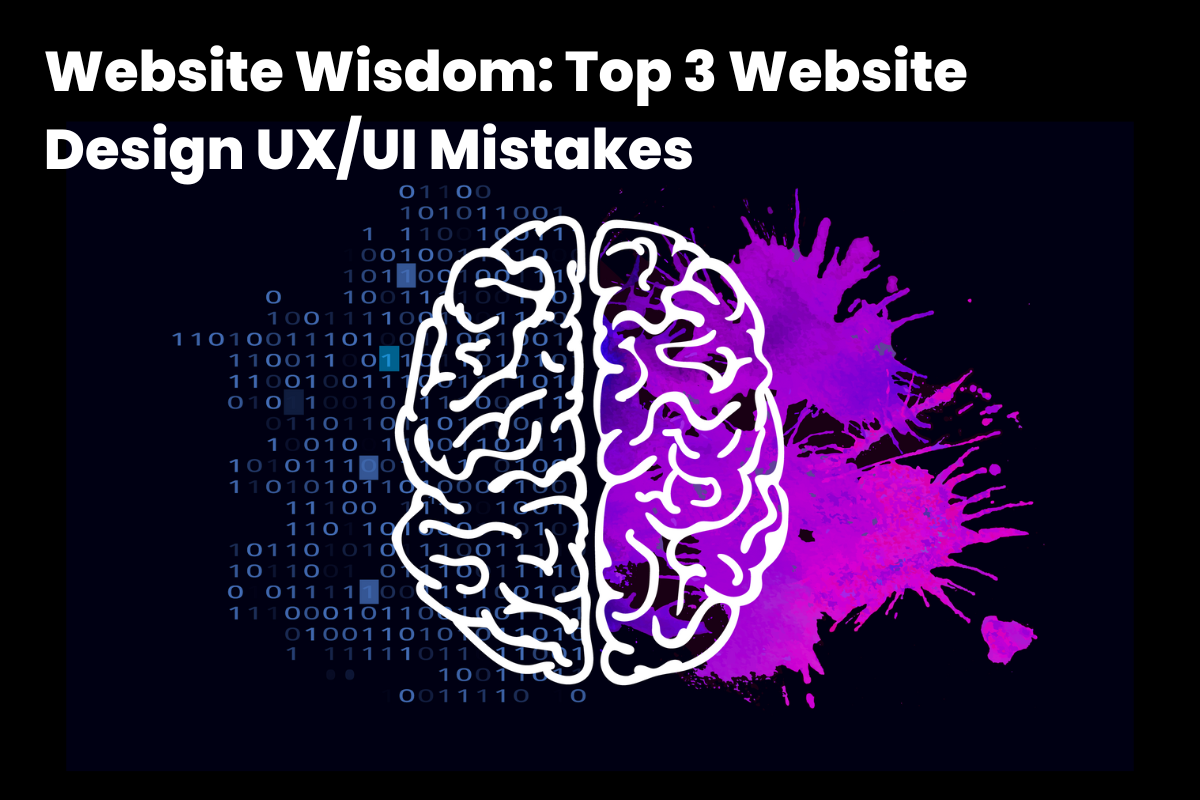


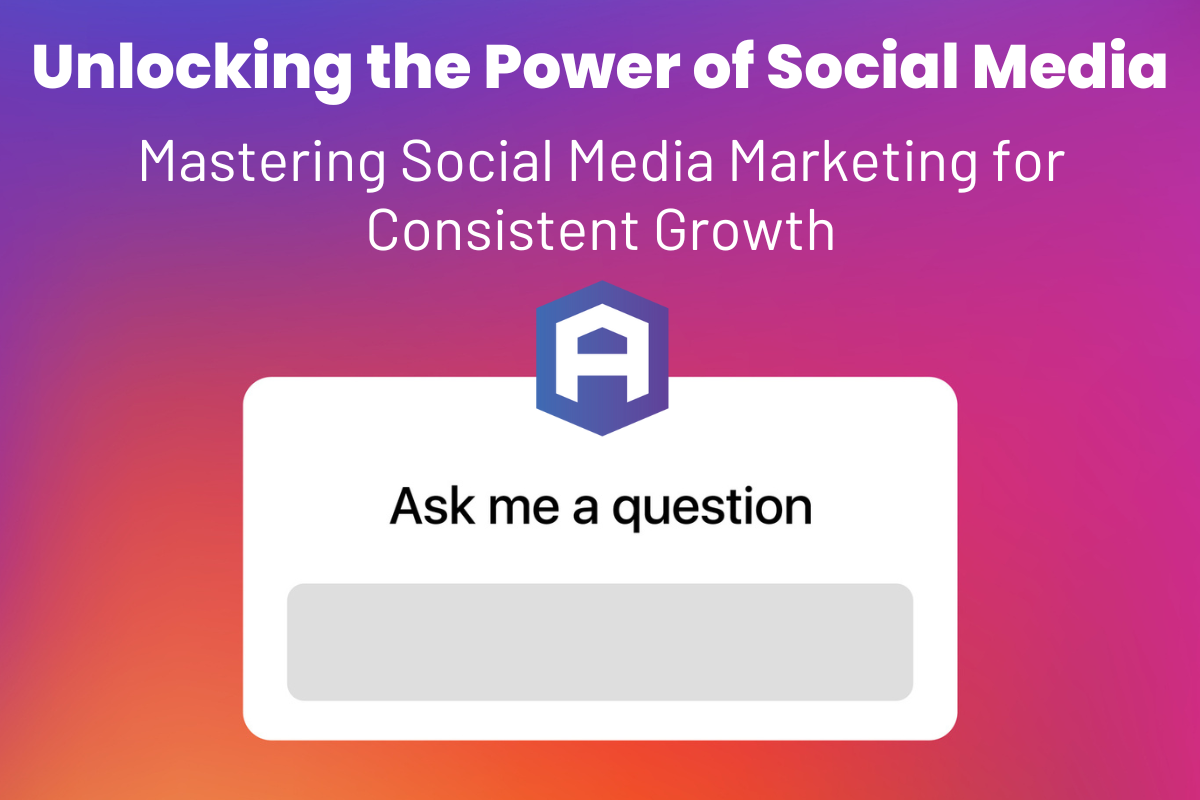


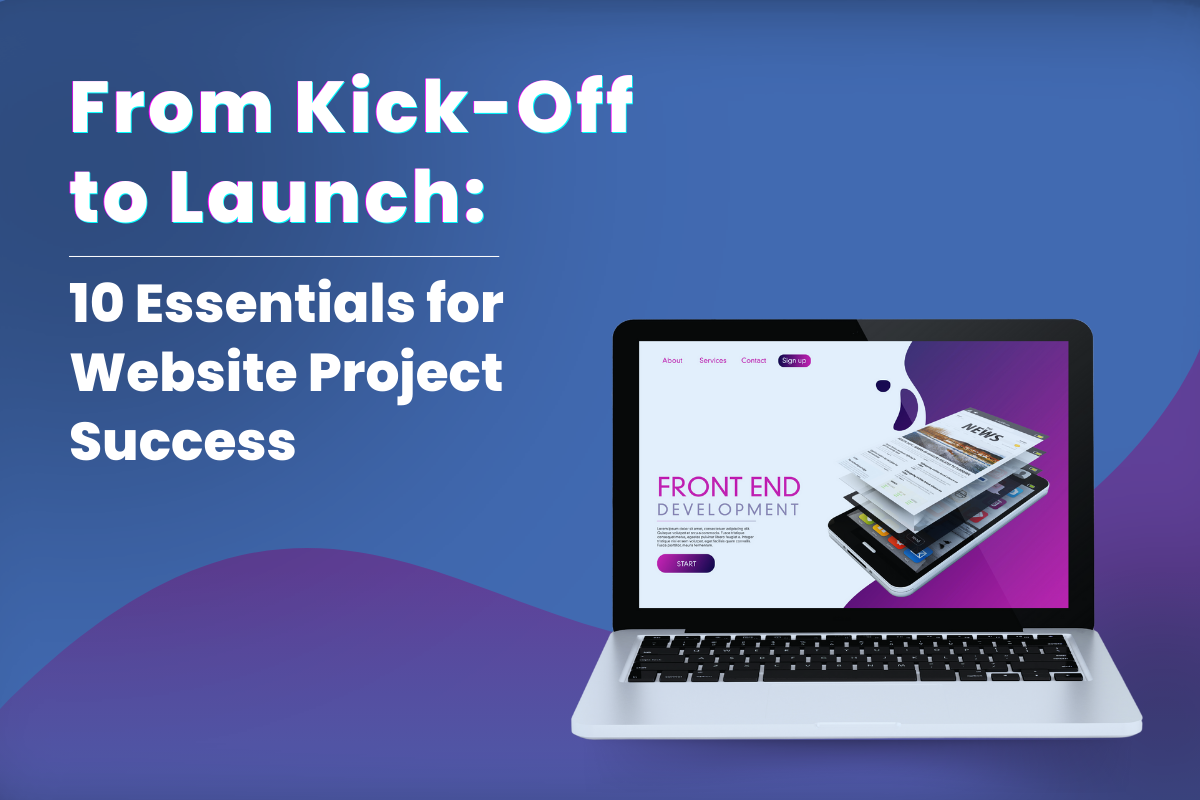

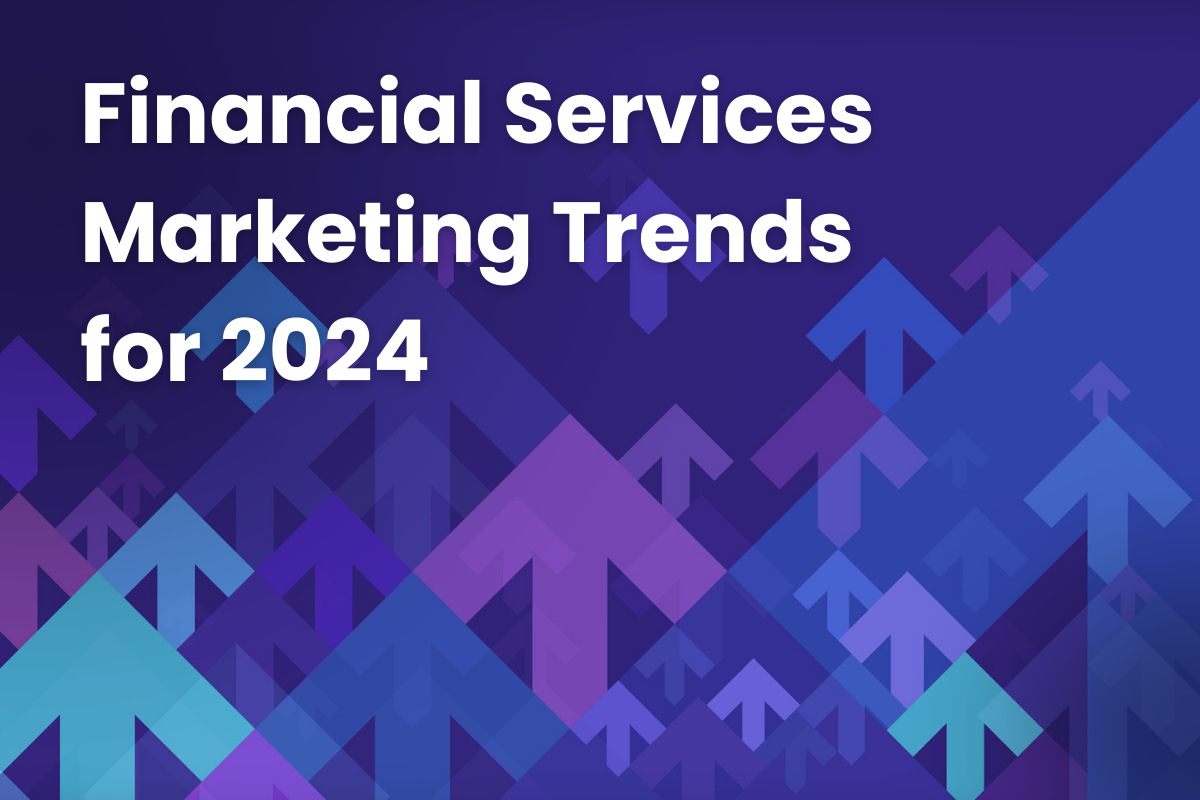
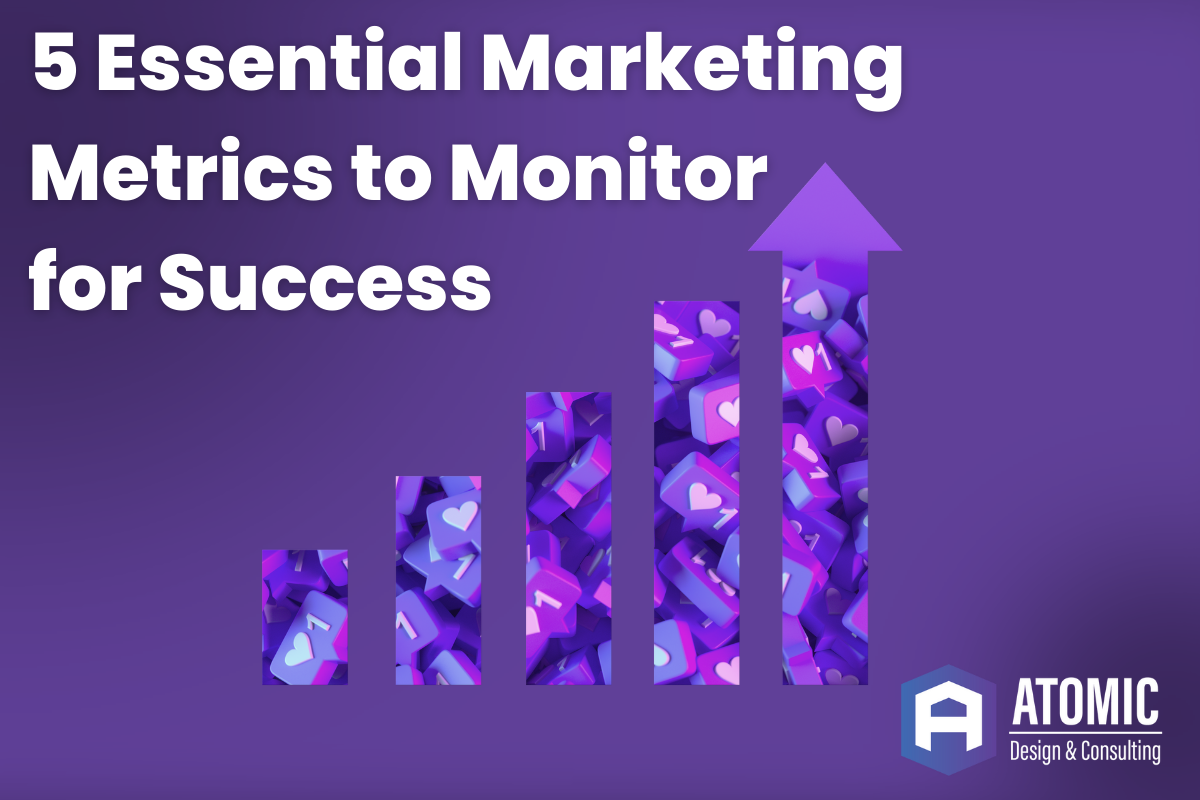





















![HubSpot Partner Day 2019 [Recap] 50 ADC partner day 1200x630 1](https://www.atomicdc.com/wp-content/uploads/2019/09/ADC-partner-day-1200x630-1.jpg)



![30 Awesome HubSpot Tools That Won’t Cost You a Dime [Free Inbound Marketing Tools] 54 30 hubspot tools that won't cost you a dime](https://www.atomicdc.com/wp-content/uploads/2019/06/ADC-30-hubspot-tools.jpg)


